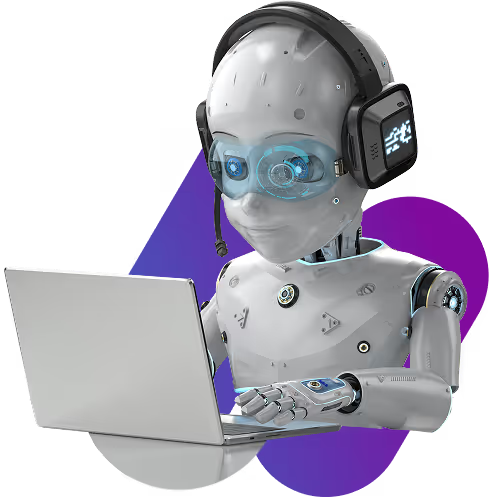Our Story
Founded in 2024 by Arthur Wetzel, the LangOps Institute was established to develop a shared understanding and expertise in the application of AI technologies as it pertains to the generation of multimodal and multilingual content, knowledge and communication.
Its purpose is to support professionals and businesses in navigating the evolving work landscape being shaped by the integration of AI technologies. In a world where linguistic boundaries blur and technological advancements accelerate, the LangOps Institute proudly introduces the first polymathic program in Language Operations.
The initiative aims to help transform the field of localization by introducing the latest language management solutions. By gaining a comprehensive understanding of systems and their complex interdependencies, language professionals and services will be able to unlock the dynamic interaction between humans and machines.









